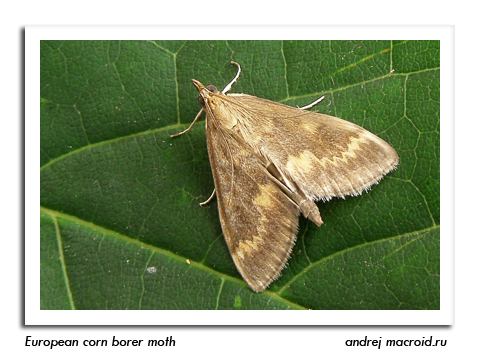
 |
|
|
Looking Ahead
Volume 58 Number 12 Date 07/24/2014 WESTERN BEAN CUTWORM - Moth emergence continued for the third week and may have peaked in some south-central and southwestern locations. The Wisconsin network of 99 pheromone traps registered another 87 moths from July 17-23, for a cumulative total of 137 moths since the flight began on July 2. Counts in black light traps were significantly higher, with the week's highest capture of 275 moths reported from Sparta in Monroe County. Peak flight, or 50% emergence of the population, should occur at approximately 1,422 degree days (modified base 50°F) or by August 1 at most southern and central sites. Moth activity is expected to intensify in the week ahead. SPOTTED WING DROSOPHILA - Flies have been collected in low numbers in Crawford, Dane, Door, Iowa, La Crosse, Rock, St. Croix and Vernon counties as of July 23, and larval infestations are suspected in Monroe, Sheboygan, Trempealeau and Washington counties. Growers of raspberries and other susceptible small fruits should prepare to implement controls as soon as the flies or larvae are detected on their farms or orchards. CORN EARWORM - Minor flights of 2-15 moths were registered in Dane, Dodge, Fond du Lac, Green Lake and Jefferson counties again this week. Egg deposition on corn silks has increased and is likely to continue throughout August, suggesting that regular scouting and control measures are in order. Sweet corn is susceptible to egg laying as long as green silks are present. EUROPEAN CORN BORER - The first summer moths are appearing in black light traps at locations where 1,400 degree days (modified base 50°F) have been surpassed. The predominant stages observed in fields this week were fifth instar larvae and pupae in the southern and west-central areas and third and fourth instar larvae elsewhere. The treatment window for first generation larvae has closed statewide, but will reopen for second generation larvae next week in advanced areas of south-central and southwestern Wisconsin. CORN ROOTWORM - Beetles have become slightly more common since the first adults of 2014 were observed on July 9. Peak emergence remains 2-3 weeks away. Corn that has not been pollinated by early August may suffer from silk clipping, reduced pollination and poor kernel set. A threshold of five or more beetles per plant has been determined for fields where the silks have been clipped to less than ½ inch and pollination is incomplete. Scouting should occur before 70% of plants are silking. LILY LEAF BEETLE - A new state record was established on June 25 with the detection of the lily leaf beetle, Lilioceris lilli, during a nursery inspection in Marathon County. This is the first report of the lily leaf beetle (LLB) in Wisconsin. Two additional samples from separate sites in Marathon County have been confirmed since early July. Refer to the NURSERY section for more information on this devastating exotic pest of true lilies. -- Krista Hamilton, DATCP Entomologist 




|
|
|